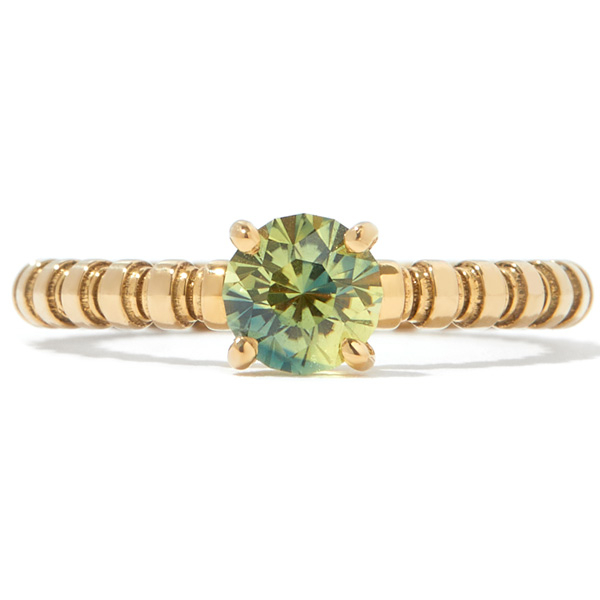
The HardRock Summit ran in Denver Sept. 8–11 at the Colorado Convention Center, and our own Melissa Bernardo was there to report back on her findings.
By this time, I thought I’d heard it all about sapphires. This month’s birthstone continues to surprise in ways I never imagined, including the rise in popularity of Montana sapphires that we gleaned from the show floor at JCK Las Vegas this year, in addition to the always-popular fancy color varieties used in summer’s favorite rainbow jewels.
But there’s more, according to Melissa’s on-the-floor report from Denver, including parti sapphires.
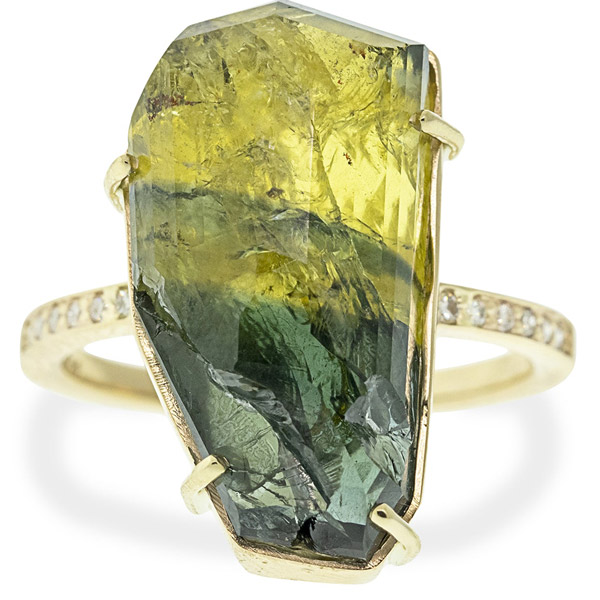
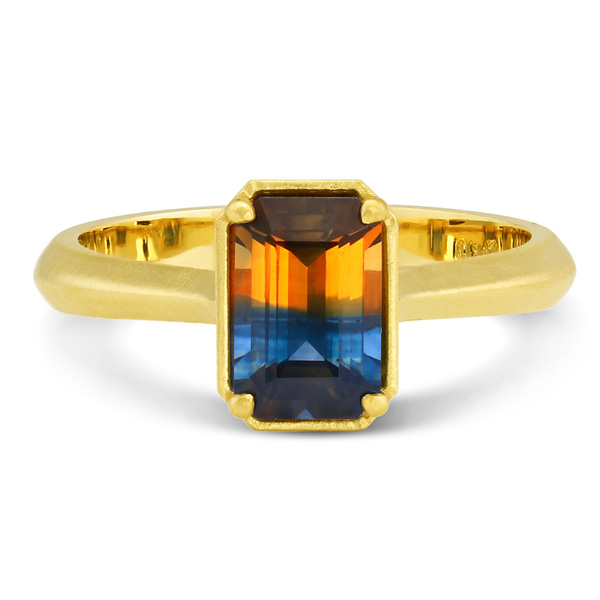
More than one showcasing brand at the summit referenced the dual- (or tri-) tone gem, in such a casual way you’d think they see them all the time (and, they probably do). But I can hardly recall a sighting of such a gemstone, at least nowhere near as commonly as sapphire’s traditional blue, and when it comes to bicolor stones, it’s more likely one might come across something like a watermelon tourmaline.
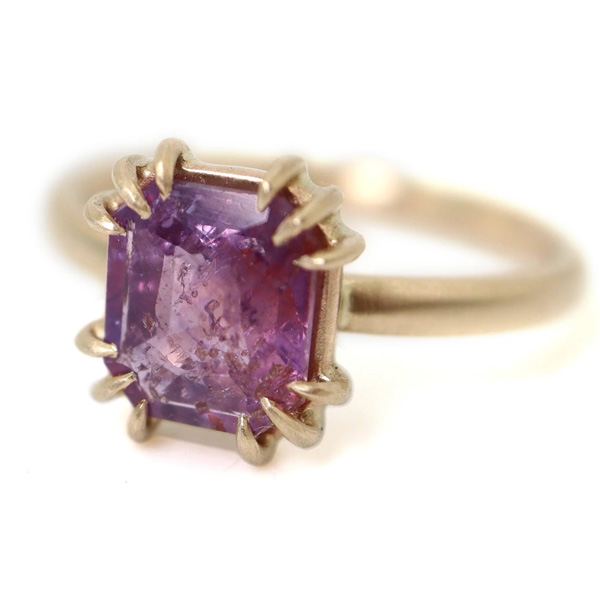
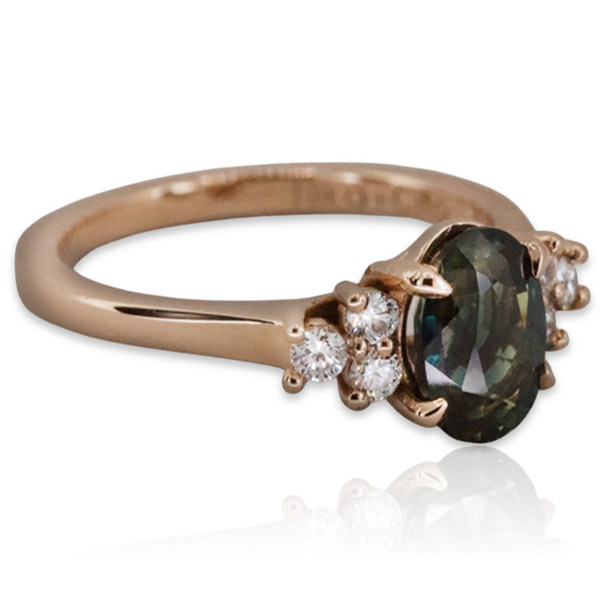
So if sapphires featuring more than one color in a single stone are a thing, why on earth do we not see or talk about them more?
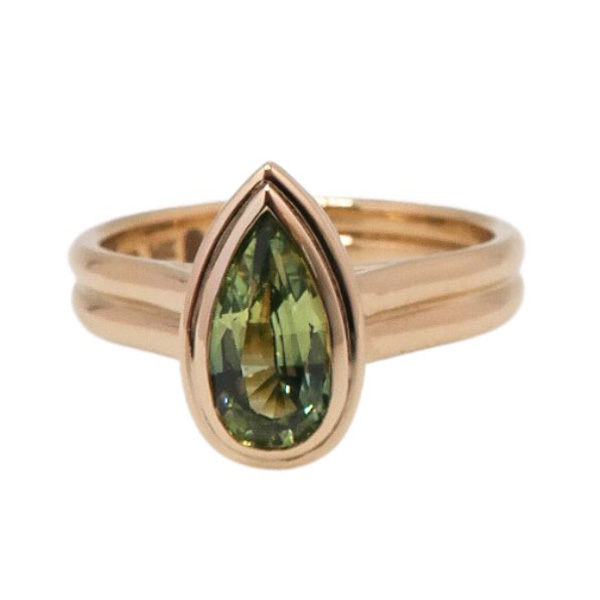
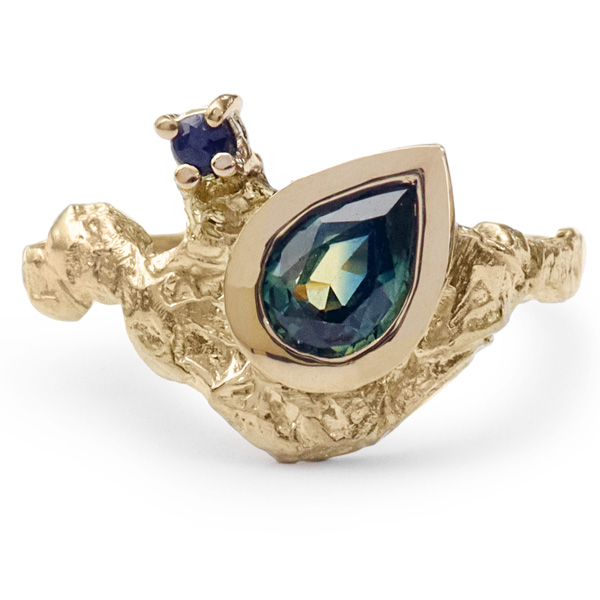
“It takes a skilled gem cutter and a possible loss of rough to get the stone to shine,” jewelry creator Emily Marquis tells me. “You have to cut on the exact axis to get the color to pop. So someone needs to choose excellence over profit.”
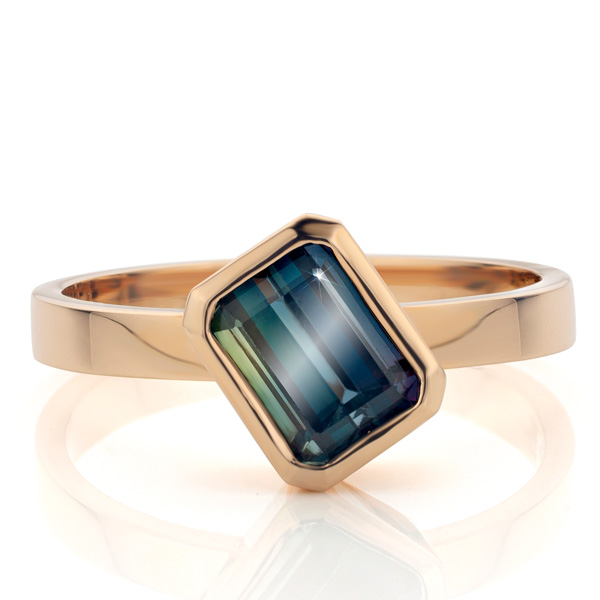
If word on the show floor of HardRock is any indication, we ought to prepare to see more of the sort, and the same goes for all other varieties. If 2022 has taught me anything about sapphires, it’s that consumers are beginning to discover what goes beyond the traditional blue and even rainbow shades, seeking out rarer, more enticing versions of an already exceptional gemstone. I can’t wait to see what designers create with them next.
Top: Naz solitaire ring in 18k yellow gold with 1.08 ct. parti Australian sapphire, $4,400; Sasa Fine
- Subscribe to the JCK News Daily
- Subscribe to the JCK Special Report
- Follow JCK on Instagram: @jckmagazine
- Follow JCK on X: @jckmagazine
- Follow JCK on Facebook: @jckmagazine







